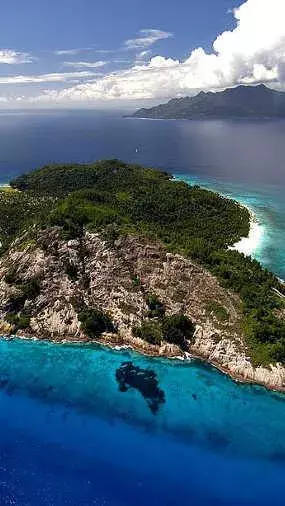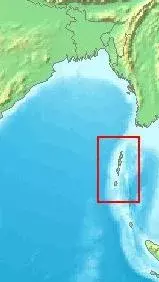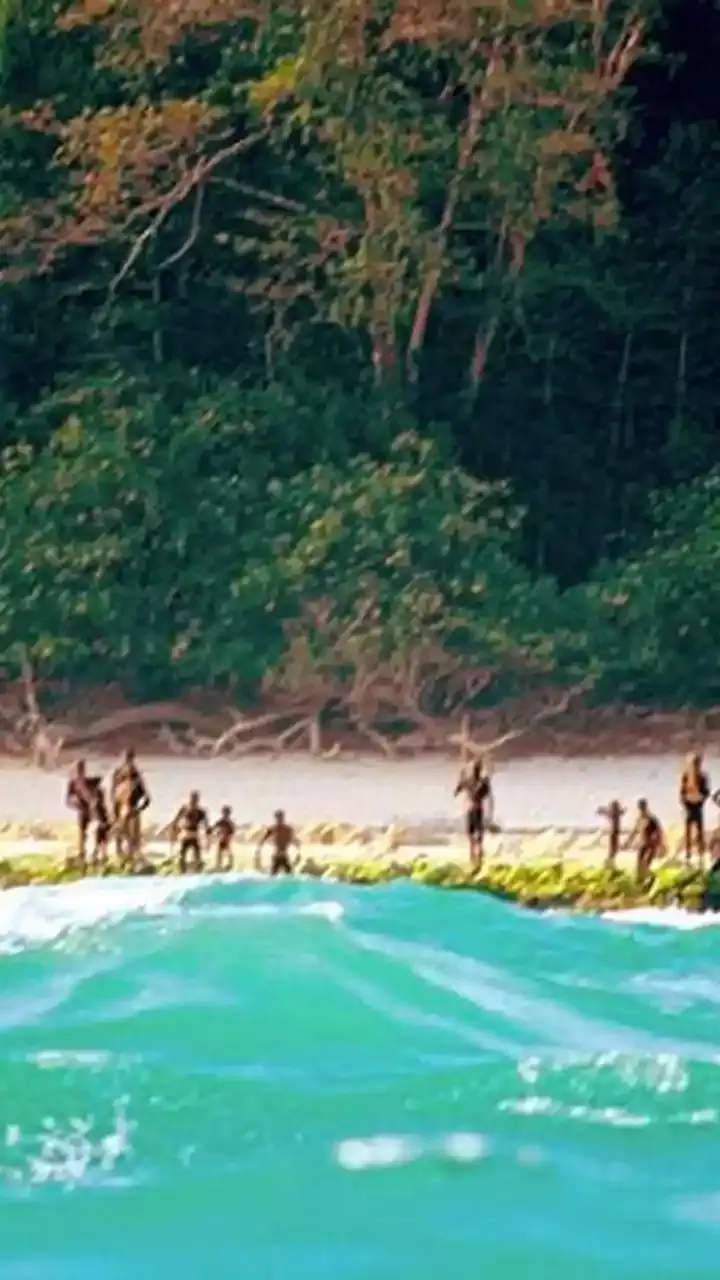
North Sentinel Island: The Isolated Home of the Sentinelese Tribe

North Sentinel Island is located in the Bay of Bengal, approximately 50 km west of Port Blair, the capital of the Andaman and Nicobar Islands, India.

The island is home to the Sentinelese people, one of the last uncontacted tribes in the world. They are known for their hostility towards outsiders and have remained largely isolated from modern civilization.

The exact population of the Sentinelese is unknown, but estimates suggest there are between 50 and 150 individuals.
Little is known about the language and culture of the Sentinelese. They live a hunter-gatherer lifestyle, relying on fishing, hunting, and gathering wild plants for their sustenance.
The Indian government has established a 3-nautical-mile exclusion zone around the island to protect the Sentinelese from external influences and to prevent potential conflicts. It is illegal to approach or attempt to make contact with the island's inhabitants.
The Sentinelese have consistently rejected contact with the outside world, often responding with hostility to any approach. This hostility has helped them maintain their isolation and protect their way of life.
The Sentinelese are highly adapted to their environment, using tools made from natural materials and scavenged metal to hunt and fish. They build simple huts and use canoes to navigate the shallow waters around the island.
There have been a few documented instances of contact with the Sentinelese, most notably by British colonial officers in the late 19th century and Indian anthropologists in the 1960s and 1990s. These encounters were often met with resistance and hostility.
After the 2004 Indian Ocean tsunami, there were concerns about the survival of the Sentinelese. However, they were later observed to be unharmed, indicating their awareness of natural signs and their ability to seek higher ground during such events.
In 2018, an American missionary, John Allen Chau, was killed by the Sentinelese while attempting to make contact with them. This incident highlighted the risks and ethical concerns of trying to interact with isolated indigenous groups.